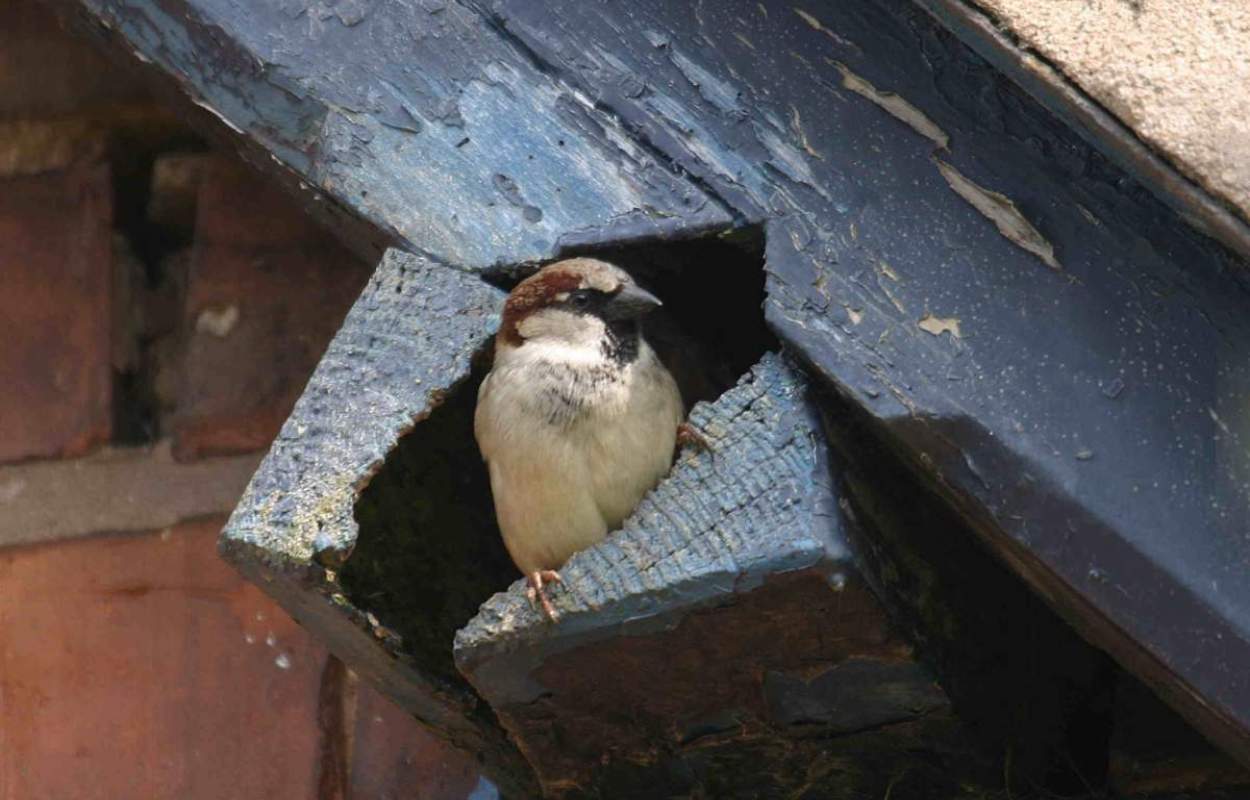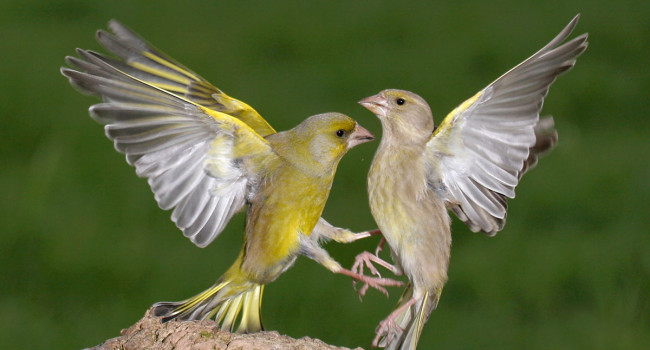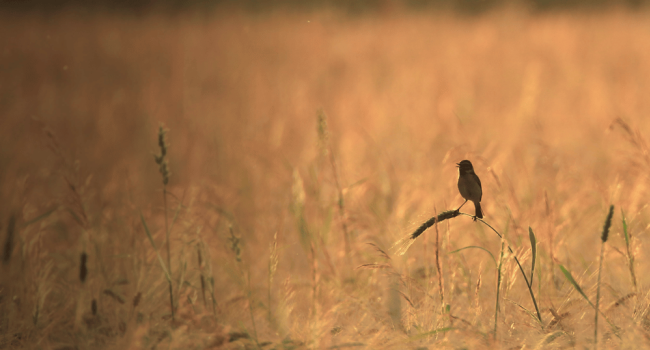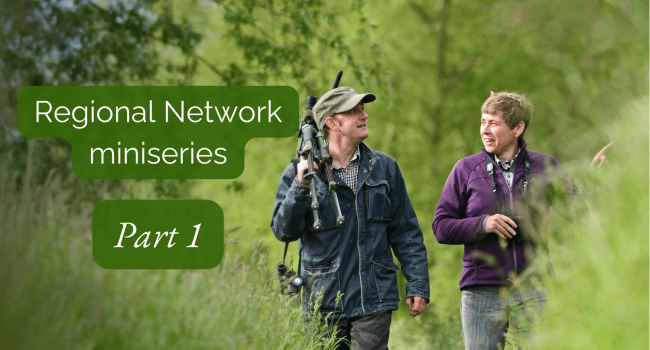Avian malaria-mediated population decline of a widespread iconic bird species

Author(s): Dadam, D., Robinson, R.A., Clements, A., Peach, W.J., Bennett, M., Rowcliffe, J.M. & Cunningham, A.A.
Published: July 2019
Journal: Royal Society Open Science Volume: 6 ( part 7 )
Digital Identifier No. (DOI): 10.1098/rsos.182197
England’s House Sparrow population fell by 70% between 1977 and 2016, and this once ubiquitous species is now absent from many urban areas. New research involving the BTO has found evidence that malarial parasites may be linked to this species’ decline.
During a three-year study led by the ZSL Institute of Zoology, in collaboration with the RSPB and later BTO, almost 400 individual House Sparrows were colour-ringed to allow their survival to be tracked through the winter. Blood and faecal samples were also collected from each individual, which were then screened for parasites and bacteria. The birds trapped and tested all originated from private gardens across 11 colonies scattered across London, where the House Sparrow population has fallen by 70% since 1995. Seven of these colonies had a negative population trend whilst four had a stable or increasing population.
The results showed that the parasite Plasmodium relictum, which causes avian malaria, was found in 74% of House Sparrows, the highest prevalence recorded in populations of wild birds in Northern Europe. It was also found that the intensity of the infection (the number of parasites per individual bird) of avian malaria was correlated with negative population trends, especially in juvenile sparrows. Survival analyses on individual House Sparrows showed that birds with higher infection of malaria, whether juveniles or adults, had a lower probability of surviving the winter than did individuals with less severe infections. It was therefore concluded that avian malaria was linked to population decline through reduced overwinter survival of juveniles.
It is unclear why avian malaria, which was likely native to the UK before the onset of the population decline of House Sparrows, may be affecting this species so significantly in London. House Sparrows are sedentary and BTO ringing data suggest that dispersal distances of this species have decreased from 1970 to 2010. It is possible that loss of habitat within cities might have led to isolated populations which are not very genetically diverse. This can result in a less-effective immune system and higher mortality, which, combined with low recruitment of new birds into the colonies, can lead to population decline. Whilst the underlying causes of House Sparrow declines remain unknown, and are likely due to a combination of factors, this study suggests that avian malaria may be implicated. Improved disease surveillance and continuing monitoring of the species at national level are essential for effective conservation management.







Share this page